* ISSUE 2 *
25 FALL
* ISSUE 2 * 25 FALL
25 FALL * ISSUE 1 *
Out of Frame
⁎
Gap Fillers
Lecture Series
*
Out of Frame ⁎ Gap Fillers Lecture Series *
This year, our theme is 'Gap Fillers,' which examines the divide between architects and the practical knowledge of engineers, fabricators, and makers. Too often in school, we only see materials through renders, without understanding the labor and expertise behind them.
Data Wells
As we devised clever ways to interact with the streams of water running below our feet. We will need to imagine new ways to interact and benefit from the increased flow of information from our digital infrastructure. What characteristics might these interactions have?
A Woodshop in your Garage: Kurt the Carpenter
Ever wonder what it’s like to fully operate a woodshop from home? Kurt, carpenter in Somerville, speaks to his experience of working out of his garage. We learn about the importance and trade-off between attracting customers and having enough space to produce his products; virtual marketplaces have a hidden urbanization pull, and must be addressed with appropriate urban governance.
The Conserved House
So, just how did the shophouse go from being an unwanted remnant of colonial Singapore, to some of the most coveted buildings around? The next couple of posts will hone in on the shophouse as a product of conservation.
a pile of disposed sounds
I am no longer a child. I desperately try to salvage sound carcasses.
Part 2: The aesthetic project of “the wild”
From a brief history of the aesthetic project of “the wild,” a gripping story emerges.
Insert [city brand]
A personal evaluation of city branding and the role of branding in cities.
Part 1: Historical imaginaries
In landscape restoration projects, a restored ecology and is not only functional, but an aesthetic object in the landscape, designed to be observed and engaged with: rivers are kayaked in, glades are walked through, marshes are looked out upon. Restoration emerges as an aesthetic exercise, an endeavor to (re)create an image of a past or lost wilderness.
The Before & After of our Homes
Ever spend hours staring at the confined space of your room at home? While I am ultimately fortunate to be able to work from this cyborgian machine we call a computer, from which I can just spend my whole day in front of and with which I complete all my “incredibly valuable” tasks for society, I began to wonder what it’s like for others who might not rely on a laptop. How does the “home” transform to suit work without a laptop?
For Context - a photo essay
The shophouse screams “image-type” and “facadism” … so it makes for a good photo series!
Multidimensional Instrumentation
What would happen if we were able to visualize and instrument cities in the same way that a biologist captures details about molecules?
a diy world map for cartographic nihilists
I’m not ok with the Mercator projection. In fact I’m not ok with world maps.
A Cooking Machine - Research & Design
See how I’ve started thinking about the design of my own cooking machine/robot that can make delicious Chinese food with minimal effort!
The (Context) House 2
Continuing on the concept of the “Context House”, this week’s post will delve into one of the most distinctive elements of the shophouse, and trace its movement and changing reception from Singapore to Southern China.
Feline Design
Having autonomy over one’s living space allows for the development of a personal design process: a hyperindividual system of logic that responds to daily rhythm.
A timely trip of observation
The Great Refractor was not simply an observation device, peeking through the crevice of the roof and onto the gleams of distant stars; it was used to measure celestial movements and tell time.
The (Context) House
The (Context) House is a well-loved trope in architecture, conveniently legitimized with tokens of archeological, anthropological or historical significance.
lonely home
The objects of Beauty and the Beast’s castle are made to serve people. Likewise, buildings are created for human occupancy – without people buildings would not exist. Yet there are millions of buildings across the United States that sit empty, perhaps feeling lonely and longing for the day in which someone walks in their doors to reawaken them with a sense of purpose.
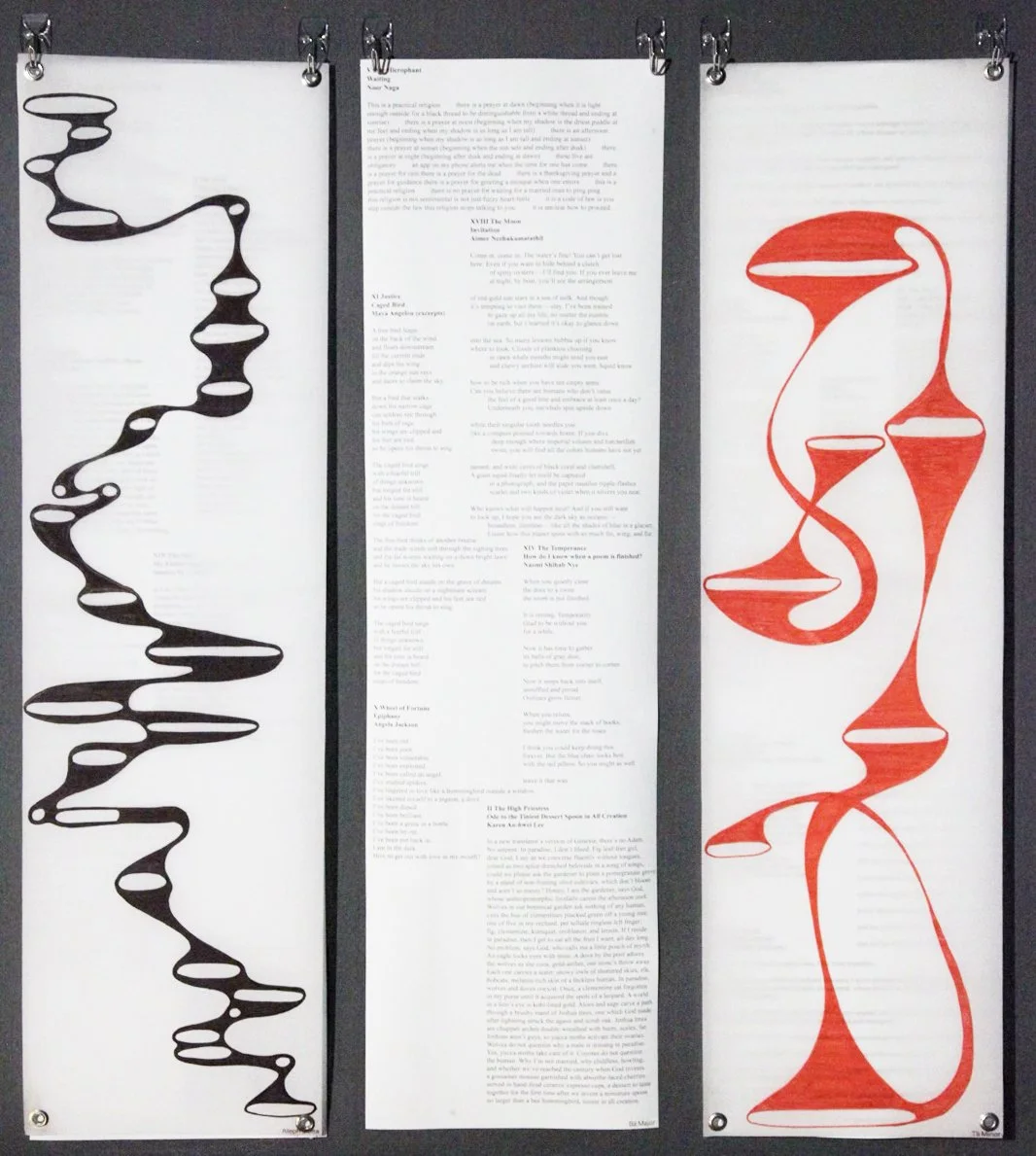
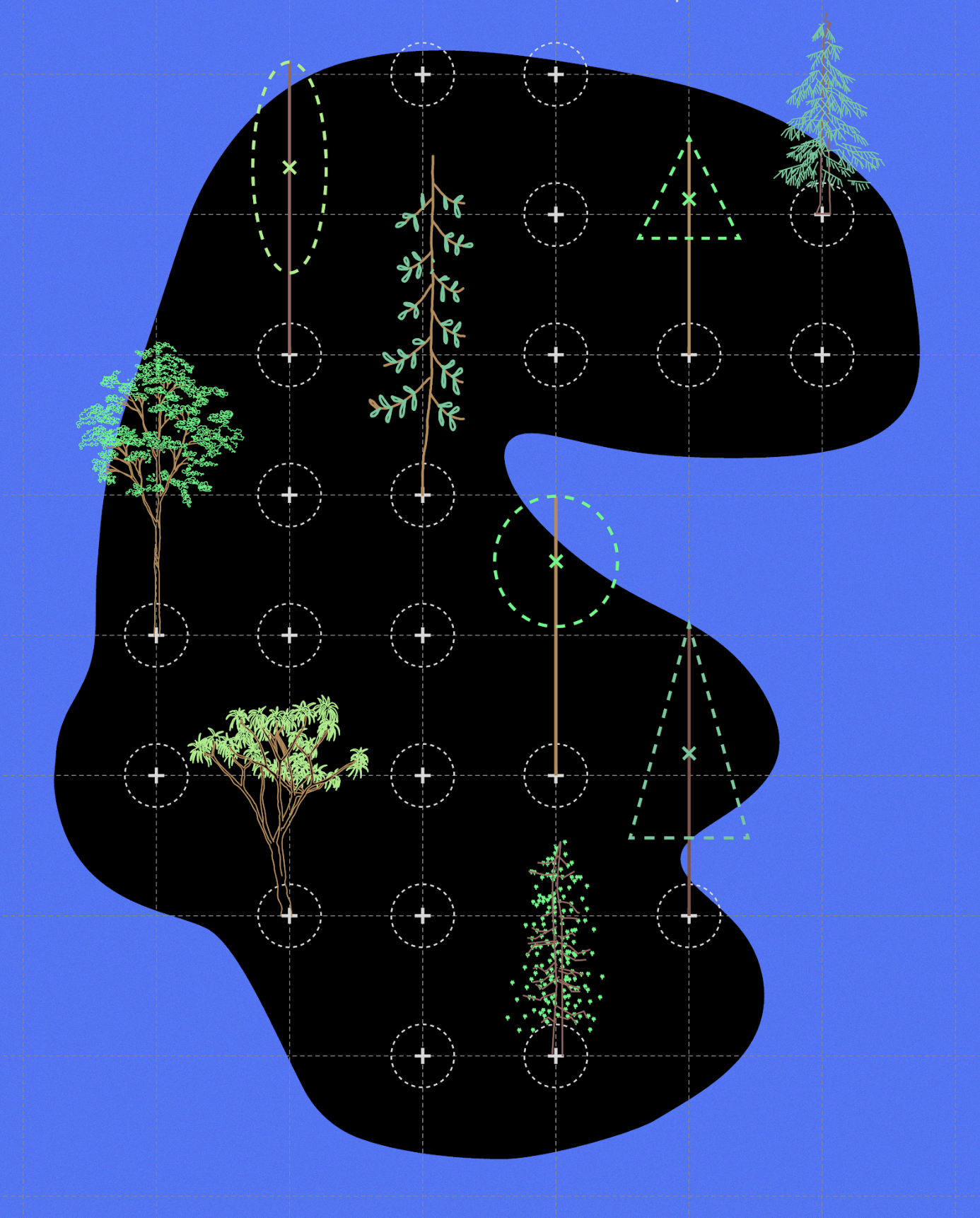

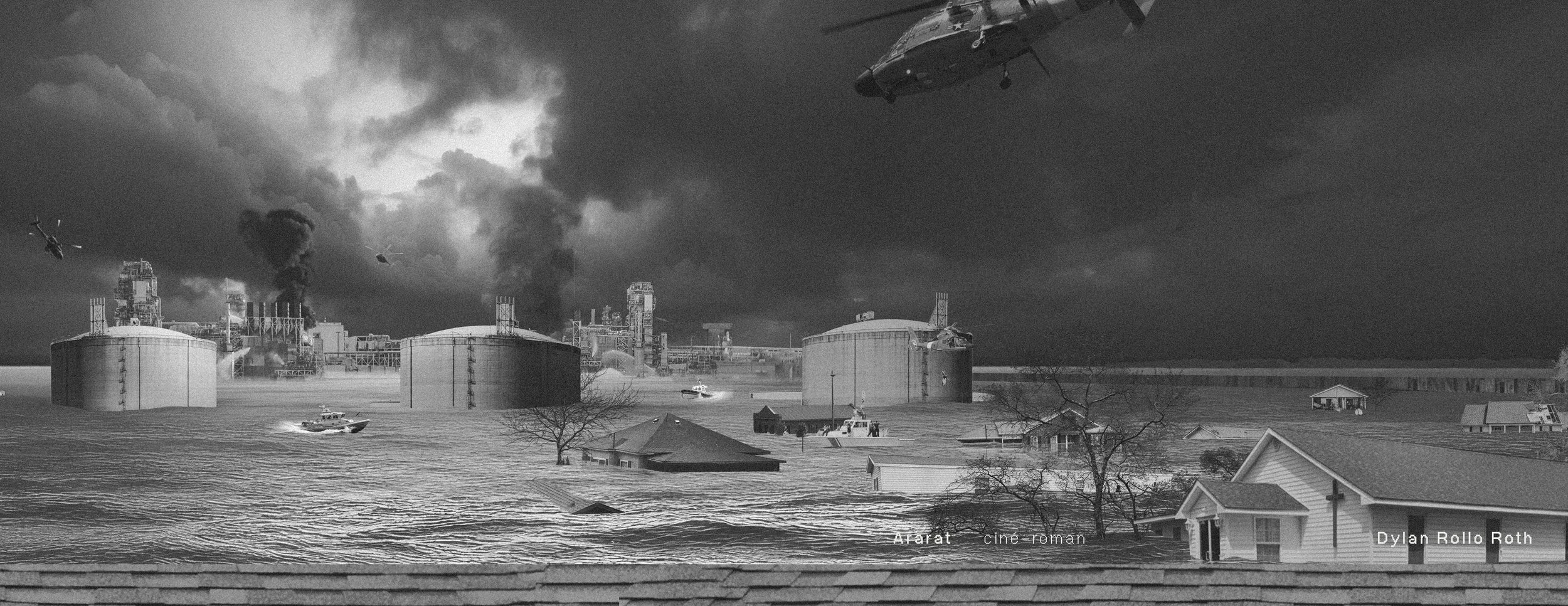


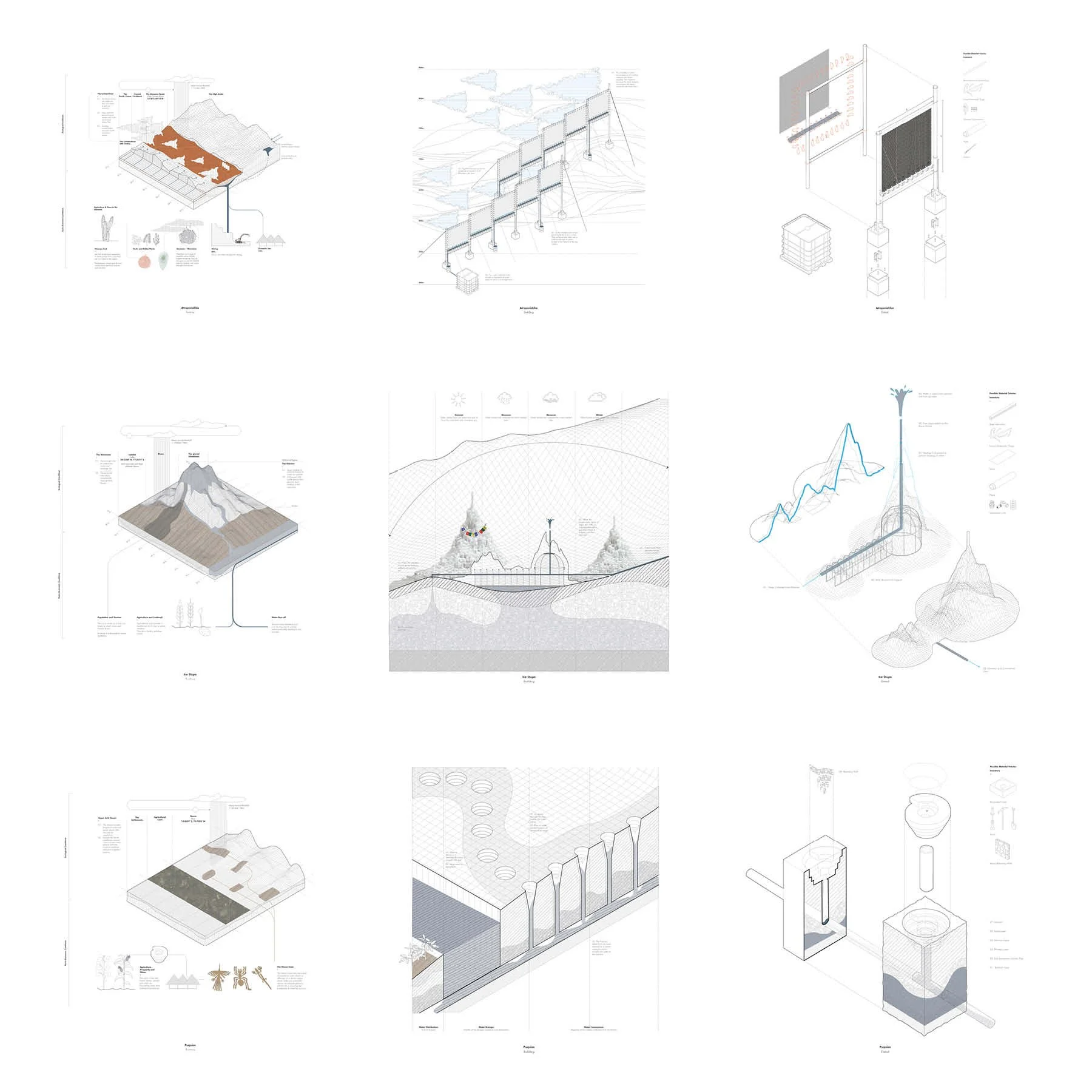


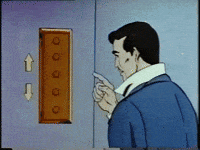
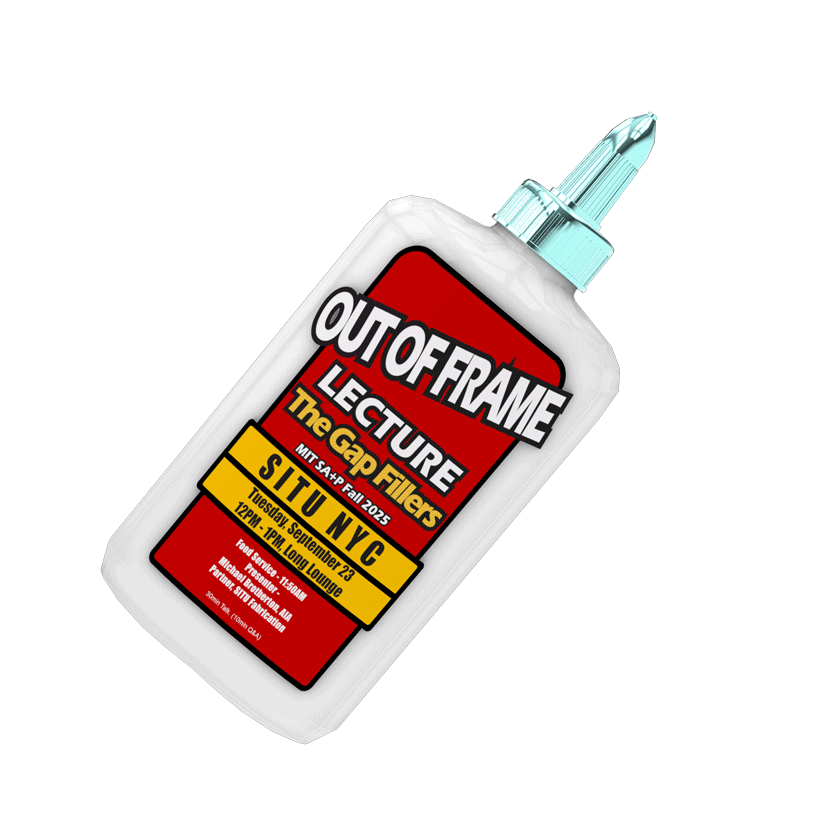
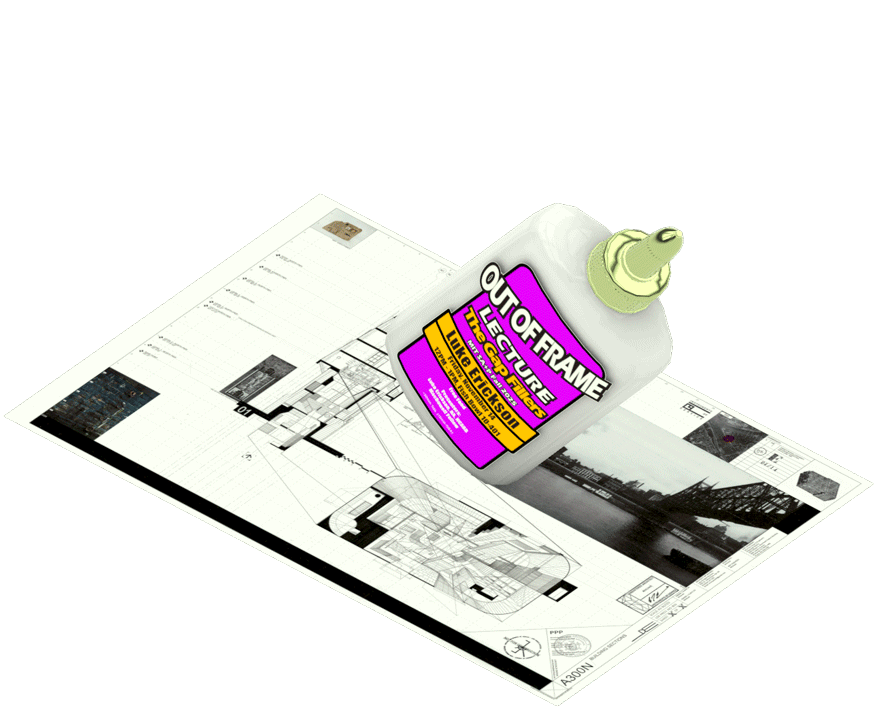







![Insert [city brand]](https://images.squarespace-cdn.com/content/v1/5edd47c42cb3cc498e22f7b7/1618974184549-J49ALE07J1ZRLGZHF8EG/thumbnail_laura_kim.jpg)











